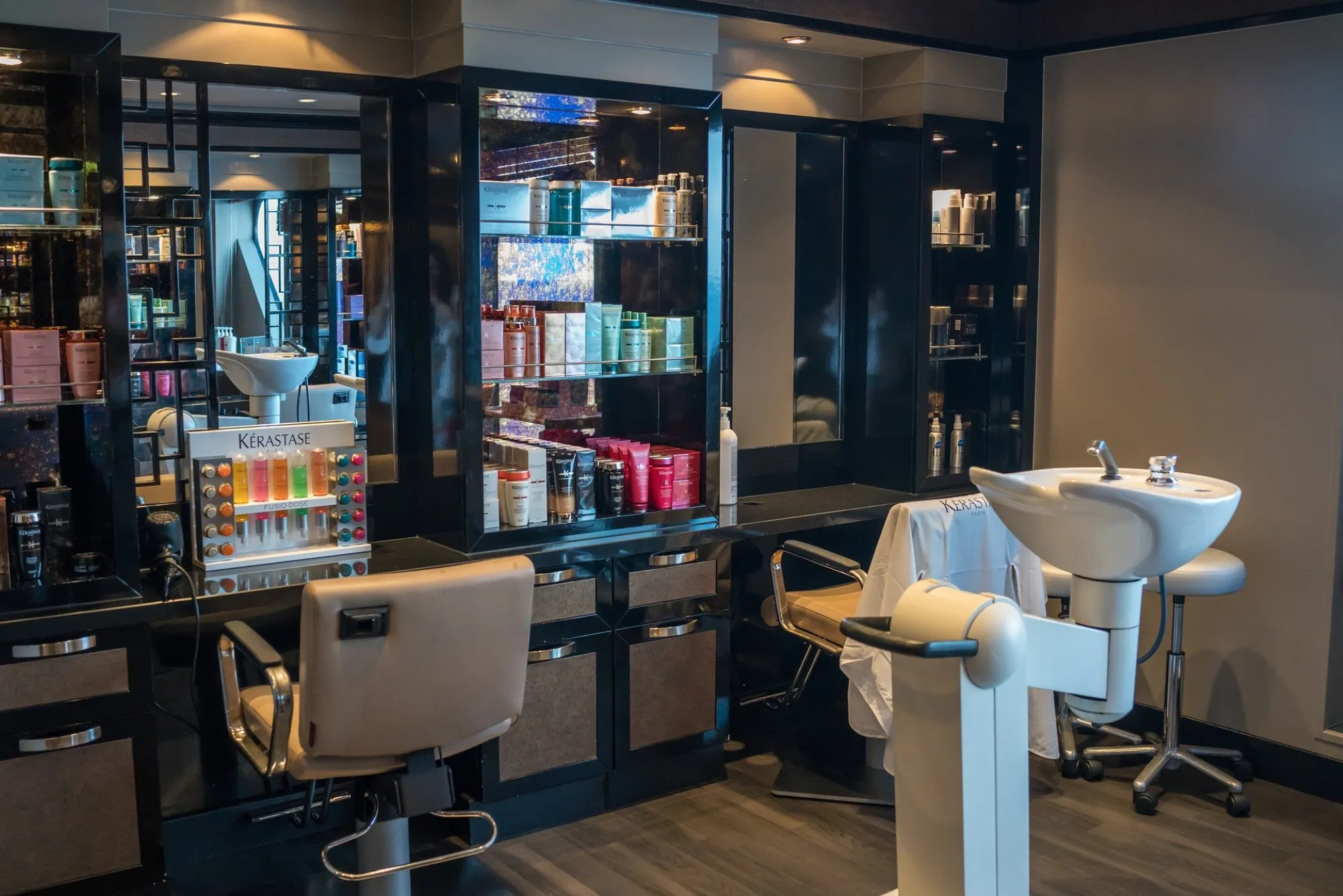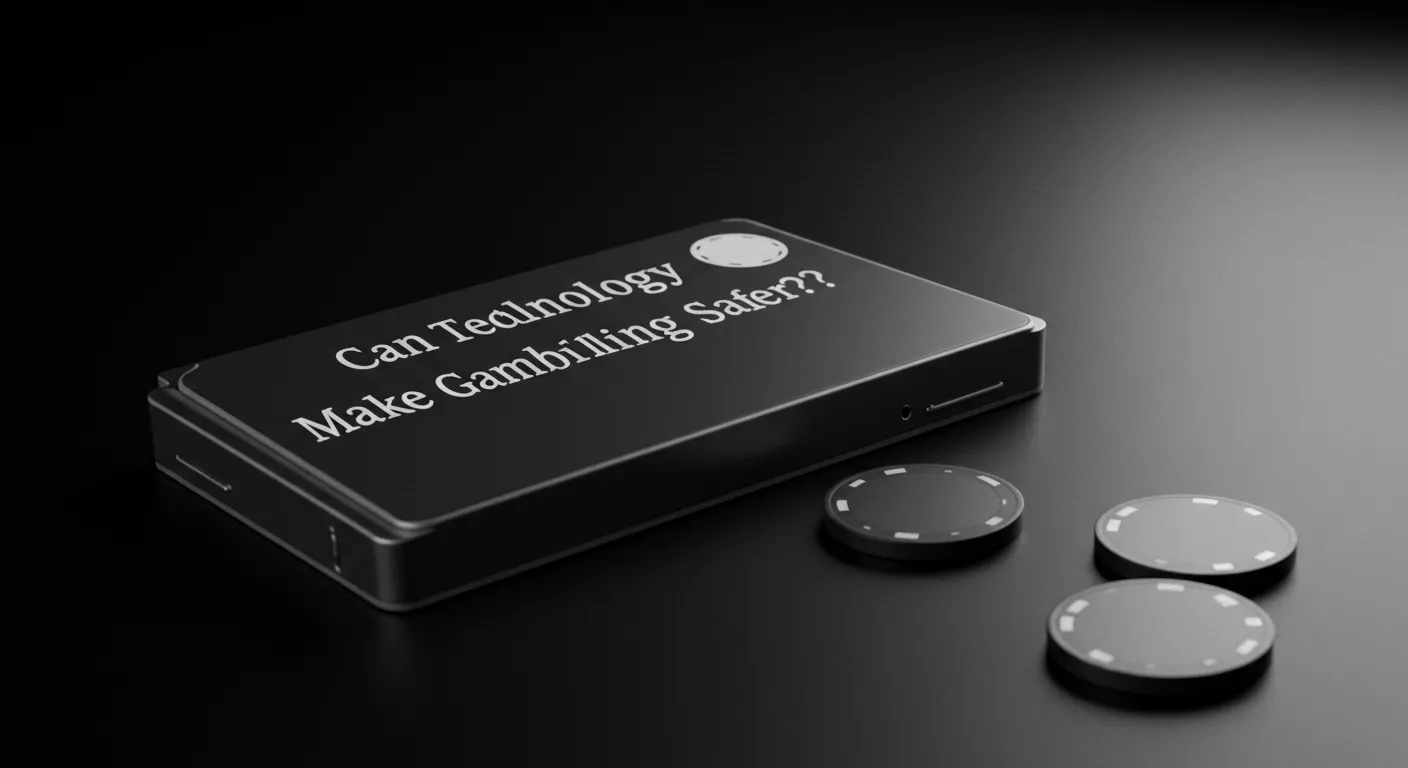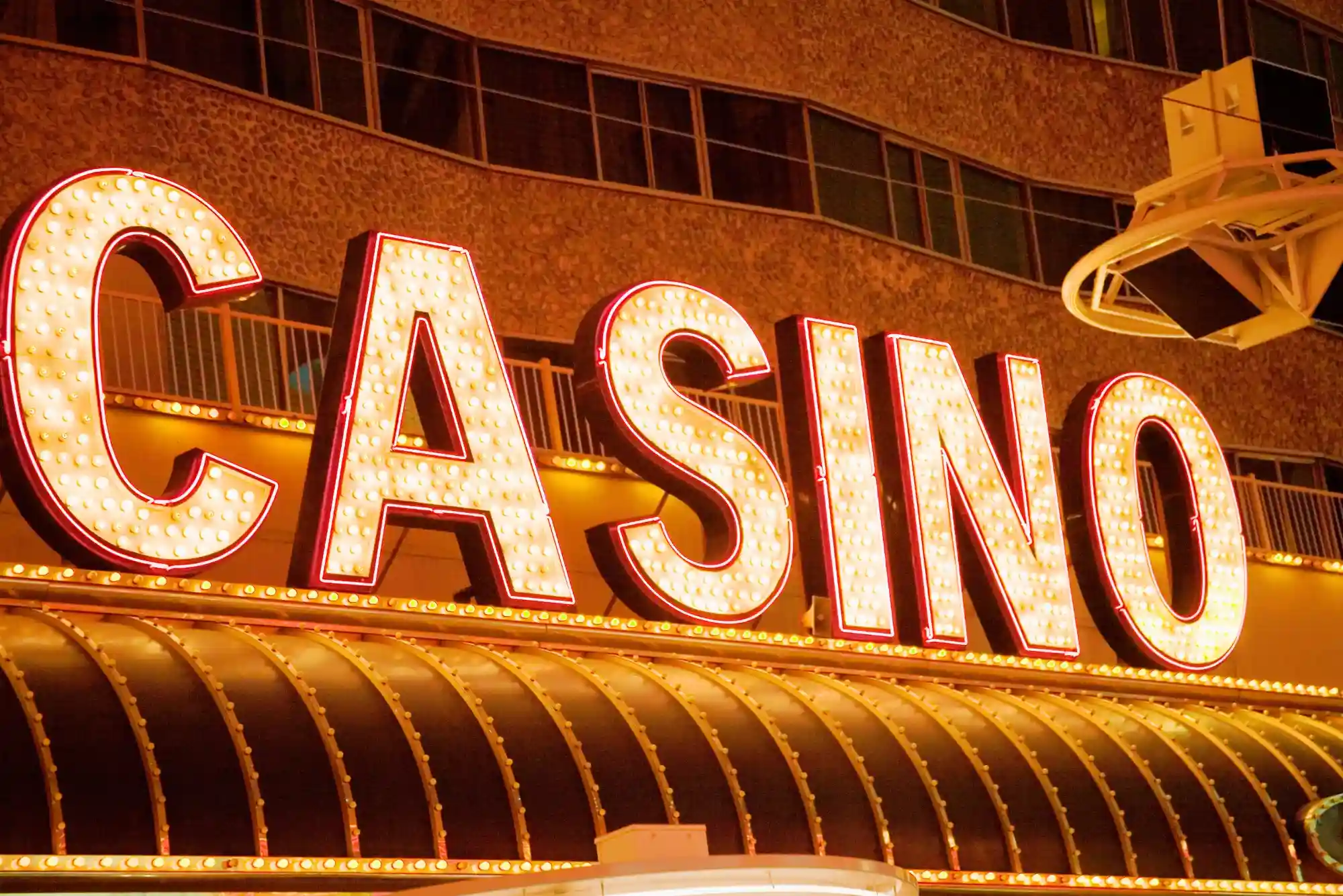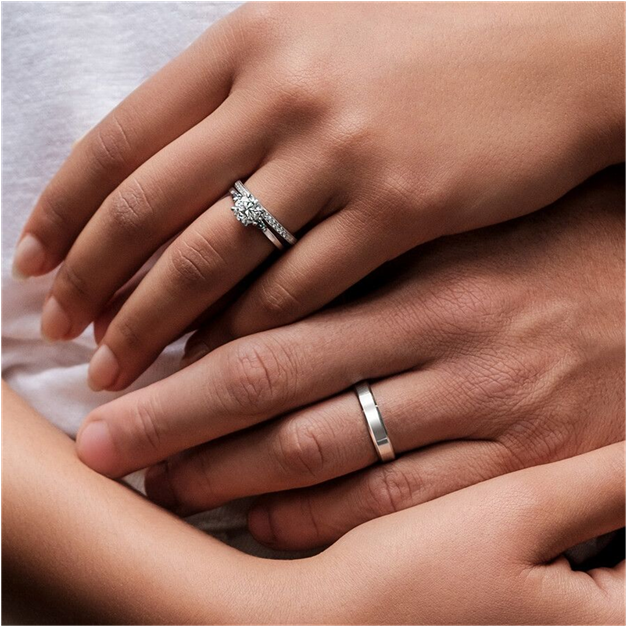Why Loyalty Programs Matter
I still remember the first time I walked into a casino and was handed a loyalty card at the cashier cage. It seemed like a small gesture—track my play, give me a free drink—but over time I realized those little points and tier advances had a way of shaping my entire gambling experience. Casino loyalty programs are more than just marketing tools. They’re sophisticated systems designed to encourage you to play longer, wager more, and—if you’re not careful—chase the next perk instead of focusing on sound bankroll management. Let’s dive into how these programs work and what they mean for your bottom line in the long run.
Understanding Loyalty Programs
At their core, loyalty programs reward players based on wagering activity. Slot spins, blackjack hands, poker sessions, and even dining or hotel stays all earn points or tier credits. As you accumulate more, you advance through levels—often called Bronze, Silver, Gold, Platinum, and Diamond. With each level come better benefits: faster point accrual, free play vouchers, room discounts, complimentary meals, and exclusive event invitations.
Many platforms, including new casinos uk, now emulate brick-and-mortar tier structures online, ensuring that both veteran gamblers and newcomers benefit from immersive loyalty experiences. By tying perks directly to your play, casinos create a symbiotic relationship: you feel valued, and they gain valuable data about your habits.
How Points Translate to Value
Not all loyalty points are created equal. In some venues, 100 points might equal a £1 free play voucher; in others, it might be worth only 50 pence. Moreover, slots often earn at a lower rate than table games, reflecting their higher house edge. A seasoned blackjack player might earn 1 loyalty point per £10 wagered, while a penny-slot enthusiast might need to spin £100 for the same reward. Understanding these conversion rates is crucial—what looks like a windfall in points could amount to a modest cashback in reality.
The Illusion of Compounding Rewards
Because you earn points while wagering, it’s easy to feel like “I’m getting something back.” That sense of small wins—free spins here, meal vouchers there—can soften the sting of natural losses. Over dozens or hundreds of sessions, however, the house edge inevitably erodes your bankroll faster than loyalty perks can replenish it.
The Psychology Behind Tiered Rewards
Humans are wired for status. A subtle change from Silver to Gold status on your player card can trigger a rush of satisfaction—and a desire to protect that status next time you play. Casinos leverage this by making tier thresholds feel reachable but just out of grasp. You stay a few extra hours, place a few more bets, all to hang onto that elevated status and its perks.
Loss Aversion and Sunk Costs
Once you invest time to reach a level—say, Diamond—you’re loath to drop back to Platinum. Loss aversion kicks in: the pain of losing benefits outweighs the pleasure of gains. Likewise, sunk cost fallacy tempts you to “just one more spin” to recoup points if you fall short at month’s end. Over months and years, these nudges can add up to significant overspending.
Real-World Examples of Long-Term Impact
I tracked my own play across three regional casinos for six months. Casino A offered generous meal vouchers but slow point accrual. Casino B had a rapid accrual rate but limited non-gaming rewards. Casino C provided free hotel nights at higher tiers. Here’s what I found:
-
Casino A: I earned £50 in dining credits on £10,000 of slot play. That sounds decent—5% back—but those vouchers expired if unused within 30 days, so I wasted nearly £20 of dining value.
-
Casino B: Faster earn rate got me £30 free play on £5,000 table wagers, but the wagering requirement on the free play was 20×, so turning that £30 into cash was nearly impossible.
-
Casino C: I qualified for one free room night after £15,000 in combined play. That room night was worth £120, making the net return roughly 0.8%, but I ended up spending more than usual to maintain the tier and lost an extra £500 in the process.
Over the half-year, my total net loss across all three casinos was £2,800. Loyalty perks recouped only £170—about 6% of my total losses. The illusion of value had me overplaying, and I paid the price.
Pitfalls and Hidden Costs
Beyond straightforward wagering, loyalty programs often require you to meet monthly or quarterly point quotas to maintain status. Miss that window, and you drop levels—losing access to better earn rates and premium perks. Additionally, some rewards carry “playthrough” requirements, meaning you must wager free credits multiple times before you can withdraw any winnings. Always read the fine print: expiry dates, wagering terms, and blackout periods for complimentary stays or dinners.
The Time Investment Factor
Time is money. Earning status often demands extra hours at the casino. If you value your time at, say, £15 per hour, spending five additional hours to earn a room voucher worth £100 might not actually be a net win when factoring in opportunity cost.
Maximizing Loyalty Benefits Without Overspending
That said, loyalty programs can be worth it when used strategically. Here are a few best practices:
-
Choose perks you’ll actually use. If you never stay overnight, room comps are wasted. Opt for free play or drink vouchers if those align with your habits.
-
Target lower tiers for small, frequent perks. A Bronze or Silver tier might offer immediate free spins and cocktail coupons without the pressure to overspend.
-
Time your play to promotions. Look for double-point days or weekend “point bonanzas.” Concentrate your wagering into these windows to accelerate accrual.
-
Diversify across venues wisely. Instead of chasing Diamond at one casino, earning Silver at two can net more diversified benefits—dining here, free play there.
Example of a Balanced Approach
Sarah, a casual player I know, splits her time between three local venues, never spending more than £200 per visit. She stays at Bronze level everywhere but leverages occasional happy-hour promos to secure free cocktails on her slot sessions. Over a year, she netted £240 in free play and £150 in dining credits while capping losses at £2,400—yielding about 16% back overall. This disciplined strategy kept her in control and still let her enjoy perks.
Responsible Gaming and Loyalty Programs
Casino loyalty schemes thrive on encouraging play, but players must prioritize responsible habits. Set deposit and time limits within your player account. Treat loyalty rewards as icing on the cake—not the main course. If you feel compelled to chase points or status, consider taking a break or reaching out to support organizations.
The Future of Loyalty in Gambling
With technology evolving, casinos are experimenting with blockchain-based loyalty tokens, personalized AI-driven offers, and cross-platform reward networks that span hotels, restaurants, and entertainment venues. Some online innovators even let you convert loyalty points into cryptocurrency or charity donations. Whatever the future holds, the core lesson remains: loyalty programs can boost enjoyment—but only if you keep your long-term wins and responsible play front and center.









